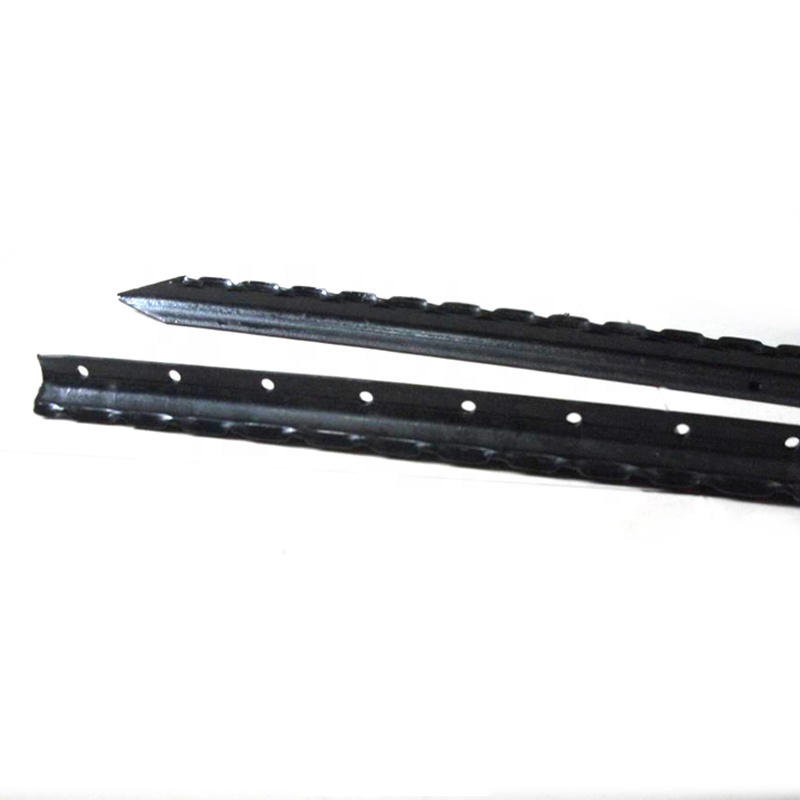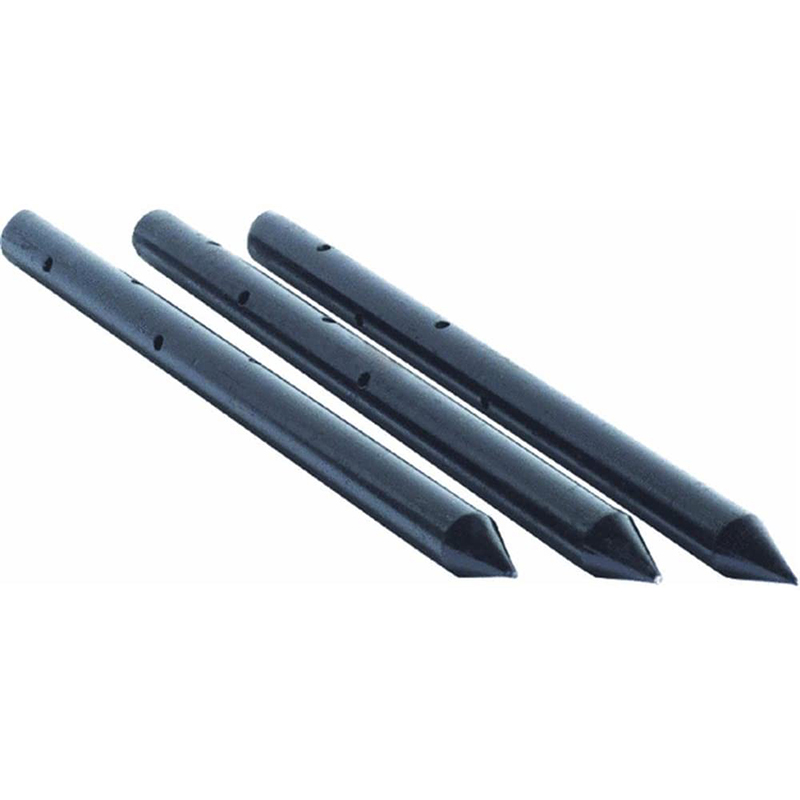For an aesthetically pleasing and structurally sound fence, the spacing between the posts is of paramount importance. Several elements must be taken into account when making this crucial decision, so it pays to research each factor carefully to calculate the ideal distance between your posts. Ultimately, this is one of the most important steps for achieving a successful fence build.
Prior to establishing the interval between fence posts, it is imperative to consider the type of fence being constructed. Various fences necessitate different spacing between posts as a chain link fence necessitates posts that are closer together than those of a wooden privacy fence. Furthermore, one must also appraise the size and elevation of the fence.
If constructing a fence higher than five feet tall, it is recommended that the posts are positioned roughly between six and eight feet apart. However, this distance can shrink if the fence is lower than five feet. When using pressure-treated lumber, the posts ought to be no farther than eight feet from each other to discourage warping or distorting of the wood.
If planning to build a fence, the surrounding landscape should be taken into account. For instance, a more widespread post placement is typically possible with a flat terrain. Conversely, when dealing with steep hills or hills with a steep incline, posts should be placed resolutely next to one another in order to both maintain stability and avoid the potential of posts slipping down the gradient.
When setting up a fence, it’s important to consider the earth around the posts. Areas of higher clay composition could cause the posts to sink, leading to them being installed at slighter distances apart. However, if the ground is more sandy, there is less risk of this and so the posts can be kept further apart.
Assessing the type of material used to construct the fence is an important factor when determining the spacing of the fence posts. For example, when constructing a vinyl fence, the posts must be no further than 8 feet apart. On the other hand, metal fences can be placed further apart.
The proper spacing of fence posts is paramount when constructing fences; decisions should be made based on the desired fence features and environment. Typically, distances of six to eight feet are recommended when building fences taller than five feet. Variations in post distances may still be required when other elements such as soil composition, fence height, or the materials used are taken into account.
Enhancing home security and privacy often involves the installation of a fence. A crucial part of installing a fence is correctly spacing the posts – the distance between posts varies depending on the type of material being used. In this article, we will provide helpful tips regarding placing fence posts and explain how to determine the right distance.
To ensure the proper installation of a new fence, one must consider the type of material being used in order to determine the distance of posts. Wood structures demand posts be planted every 6-8 feet, while vinyl and chain-link require much closer service-apart spacing of 4-6 feet. It is critical to consult with the manufacturer’s instructions for any fencing type before undertaking installation. Different materials may necessitate varying post spacing and could be the difference between a successful project and a costly mistake.
When plotting out your fence, the towering height is key in calculating the space between posts. Generally, a taller design requires further posts to create sturdy structure. To be exact, for a 3 foot high barrier, the posts should be separated by no more than 6 feet. On the other hand, if you’re aiming for a 6 foot wall, the poles must not be placed farther than 8 feet apart.
When crafting a fence, one of the chief aspects to keep in mind is the consistency of the dirt where the posts will be sunk. Dependending on the soil’s makeup, the constructive strength of your fence can vary drastically. If a ground is loamy with a high clay content, posts should be situated closer together to ensure they remain strong. On the other hand, if you are dealing with several patches of earth that are almost entirely clay free, distances between fence posts can be more spread out.
For those looking to install a fence, the spacing of the posts is an important factor to consider – especially with regards to the desired aesthetic quality. A more open and airy look can be achieved by leaving more room between each post, while a more solid and consolidated vibe can be created when they are spaced closer together.
When it comes to building a fence, the crucial fifth factor to take into account is abiding by the applicable local building regulations. No matter where you live, each municipality has specific standards for the distance between their fence posts, so be sure to double-check with the building department before you start out with the project.
To wrap up, finding the optimal distance between fence posts while constructing a fence is of great significance. Height, type of material, soil conditions, and the preferred visual appeal all need to be taken into consideration. Additionally, it is critical to ensure that every detail adheres to local building guidelines and codes laid out by the building department.
Related Product

Y Post Cap
Y Posts Caps is also called safety cap or Star picket caps. It used for Y star picket . It can cover sharp edges of Y posts. Type Size(L x W X H) Thickness Weight Round 57x57x60mm […]

Israel Y Post
Y post with teeth provides the most reliable way of fencing wire attachment by threading the wire through the holds along the post, gripping the wire with is specially designed tee […]

Studded T Post
material: rail steel weight: 0.85,0.95,1.25,1.33lbs/ft etc length: 5′-10′ etc surface: painted with spade,painted no spade,unpainted with spade,unpainted without spade,hot-dipped g […]

Y Post
Length:1.35m,1.5m,1.65m,1.8m,2.4m etc Weight:1.58kgs,1.86kgs,1.9kgs,2.04kgs/m etc Surface:painted, Hot dip galvanized, No paint Usage:farm fencing,garden fencing Packing:400pcs/pal […]

U Post
Heavy Duty Garden U Shaped Steel Fence Post With Spade Shape: U shape, with or without spade Material: low carbon steel, rail steel, etc. Surface: Powder coated Advantage: Easily A […]

Nail Stake
Product information: Description Unit Pallet Weight(kg) 3/4″x12″ 10pcs/box 150boxes/pallet 0.6200 3/4″x18″ 10pcs/box 100boxes/pallet 0.9250 3/4″x24 […]

T Post Clip
These heavy duty T-post clips fit standard size 1.25 and 1.33 lb. studded T-posts. Manufactured from 11-1/2 gauge wire that is Hot-dipped galvanized, these clips are designed for f […]

T Post
Material: rail steel Weight: 0.85,0.95,1.25,1.33lbs/ft etc Length: 5′-10′ etc Surface: painted with spade,painted no spade,unpainted with spade,unpainted without spade,hot-dipped g […]
Post time: 2023-07-20

